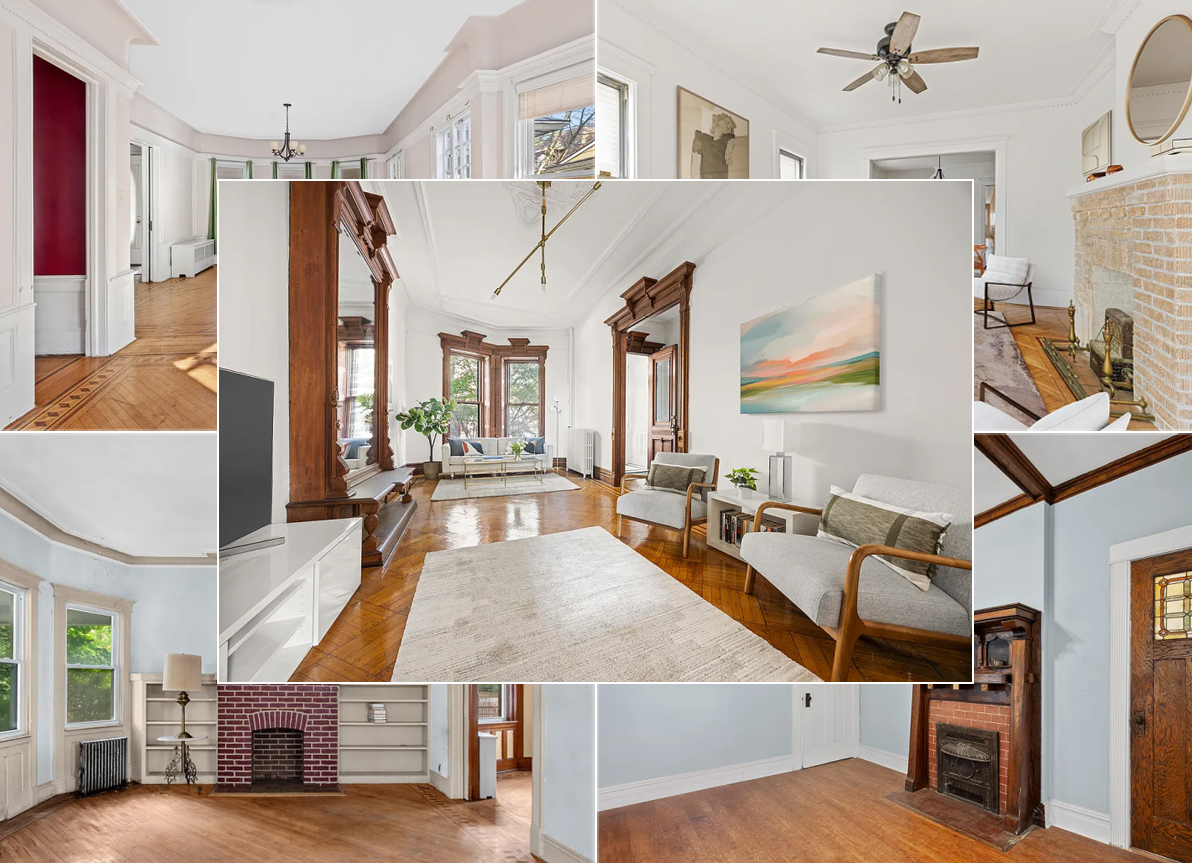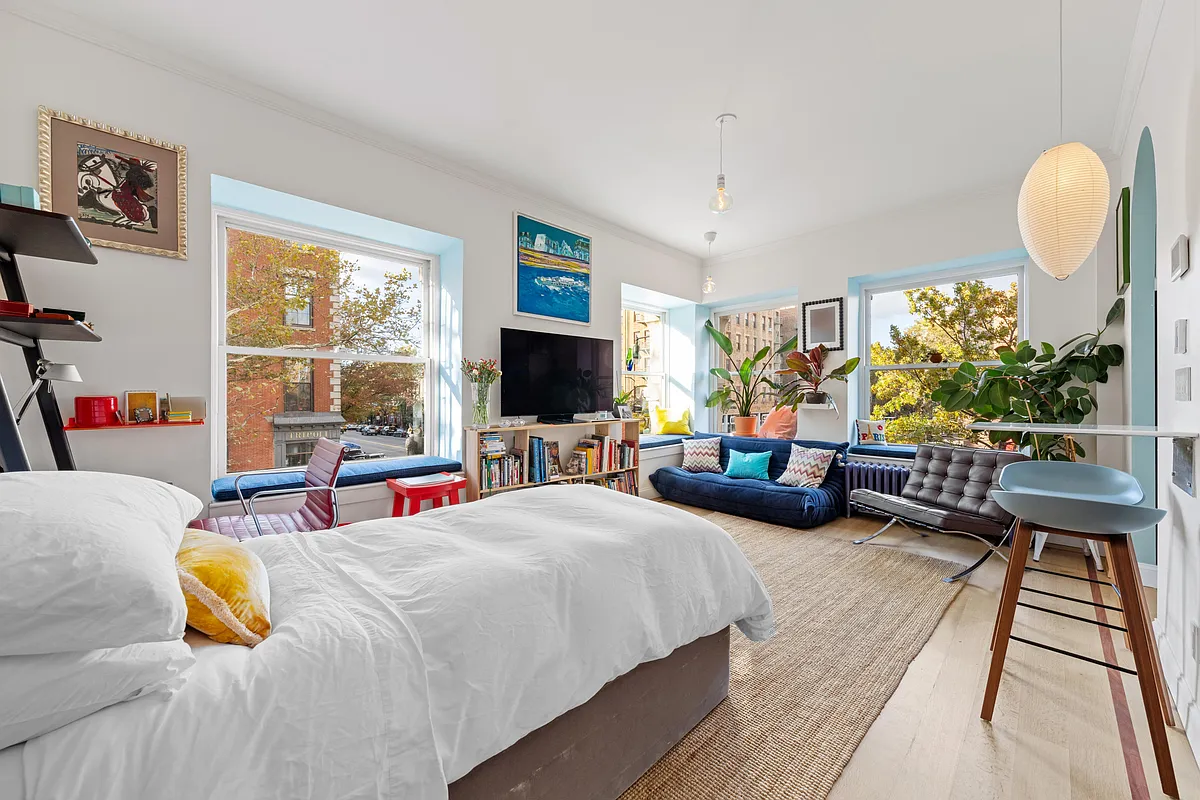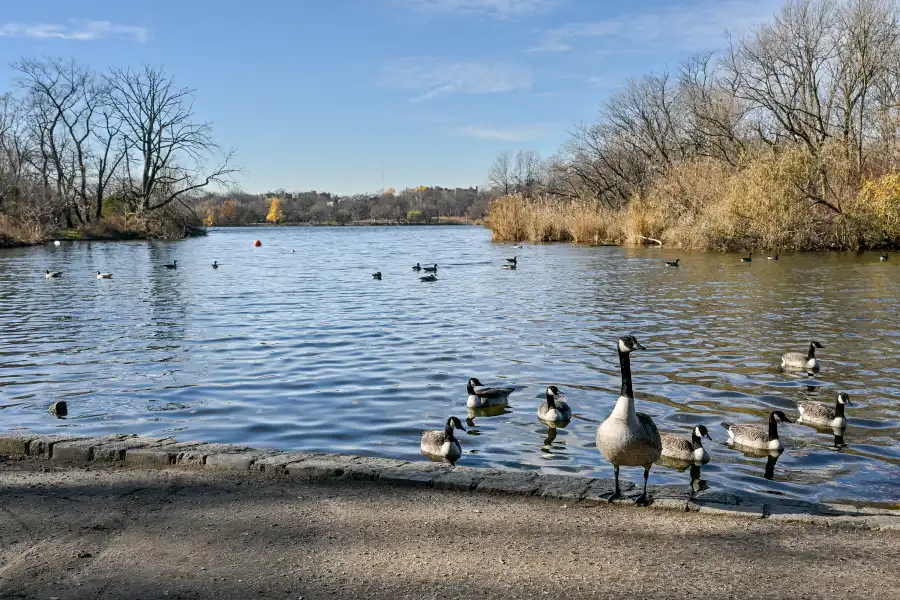Walkabout: Restoring a House in the City
I was fortunate enough to catch up with author Ingrid Abramovitch. Her new book, Restoring a House in the City is flying off the shelves in local bookstores for good reason. Anyone who is undertaking a brownstone renovation, is thinking about it, or just enjoys looking at all kinds of row house styles and decor,…


I was fortunate enough to catch up with author Ingrid Abramovitch. Her new book, Restoring a House in the City is flying off the shelves in local bookstores for good reason.
Anyone who is undertaking a brownstone renovation, is thinking about it, or just enjoys looking at all kinds of row house styles and decor, will enjoy this book. Here’s what she has to say about old houses, craftsmanship, and living in Brooklyn.

Ingrid, your book, Restoring a House in the City, introduces the reader to town and row houses located across the country, and even one in Montreal. With so many apartment and condo choices available in all of the cities featured, why do you think row house living has such a passionate appeal for so many people?
Living in an antique town house is a conscious lifestyle choice–as much a statement of identity for a certain type of city dweller as buying a Richard Meier condo would be for a very different set of urban folk.
In the case of row houses, there is the powerful allure of living in a house that has been crafted by hand, from materials that few of us could afford to buy new today, complete with architectural grace notes like ornamental plaster details and fretwork and marble mantels.
They are practically stage sets in this era of sheet-rock and cheap construction, romantic anachronisms that help to ground us from high-speed lives filled with high-tech gadgets and devices. There is a solidity to an old house that is as comforting as it is charming.
I love brownstone neighborhoods for their human scale–entrances on the street, stoop culture, a mix of homes and shops, and people of all types and ages–all the things Jane Jacobs advised us were so essential to a healthy urban experience.
And as for the houses themselves, antique row homes were the original green architecture, with window shutters to keep rooms cool, and shared walls between homes for insulation–not to mention proximity to public transportation so you can live and work in the city without having to drive anywhere.
The privacy and space of having one’s own house (and garden if you’re lucky) in the middle of the metropolis really makes you feel like you can have your cake and eat it too.
You and your family live in Brooklyn, and you are a Brownstoner reader. What are your predictions for Brooklyn living in 2010?
Montrose, I know the last couple of years haven’t been easy in Brooklyn real estate, but the strong response I am getting to Restoring a House in the City makes me feel very optimistic.
Just as the slow food movement made us appreciate the value of food that is locally sourced and made by hand, equally a new generation is rediscovering the craftsmanship, beauty and livability of the borough’s brownstones.
These homes are in finite supply and any neighborhood that has a good stock of (not overly renovated) homes should thrive. It’s happening where I live, in south Carroll Gardens. I went on the Bed-Stuy house tour a couple of months ago, and saw all those amazingly intact homes, and while I was there I checked out Brownstone Books and that wonderful restaurant Saraghina. If I had to put my money down, I’d do it in Bed-Stuy.
Many thanks to Ingrid, and to Chrissa Yee at Artisan Books. More information about the author and book can be found here.





Yep, Ook hooks are great.
I just picked up the book yesterday ($28ish online at B&N, $32 for a B&N member instore). Fantastic stuff. I wish I had details left to restore.
Ook Hooks – thanks, I’ve used the similar looking ones, but not the Ook brand per se.
Second the Ook hooks.
I have all my artwork hung on them on plaster walls and they work well.
I also use the picture rail to decoratively use the brass hasp and the roping in my parlour which looks really great.
Crazypants,
Try Ook hooks; they’re easy to use in plaster (albeit not as easy as with drywall).
As a guy who would love to cover most of his wall space w/ framed art, posters and family pics – plaster walls, while lovely, are a pain when it comes to hanging art.
I love this book and highly recommend it. It makes a great gift. My favorite house is the two-family with Cookie’s Pilar Guzman and wood built-ins from BDDW and Bennison fabrics. It combines modern and old.
Yes, you’re right, rashomon. Drywall is easily juxtaposed against plaster and skim coated by someone who knows what he is doing.
I drool reading posts like this one. On the drywall topic…it’s very possible to do judicial demoing of lathe-and-plaster walls to allow for modern upgrades (electrical, plumbing, insulation) while retaining the existing moldings, trimmings and mantles. When mrs. rashomon and I did our Victorian flat renovation in San Francisco, we removed some of the interior room walls, but kept the hallway wainscotting along with curved ceilings and original trims. The key is a drywall guy that knows how to skim coat plaster AND drywall…it’s nothing like what they do in modern “slap it up” drywall construction. If you do it right, it’s impossible to tell the difference from the original plaster walls.
Deirdre Stanforth, who wrote “Buying and Renovating” was a real brownstoning pioneer (along with Brooklynites, like the Ortners) whose advise newcomers like me relied on. I believe she also wrote a childrens’ book about reviving neighborhoods called something like “the Street of the Flower Boxes”. FWIW the upper West Side was far more dangerous than most Brooklyn brownstone neighborhoods. I remember as a kid in the ’50s, when I could first take the subway on my own to the Museum of Natural History, being warned by my mother to NEVER venture west off of Central Park West. As over-protective as she was, she was right about that.